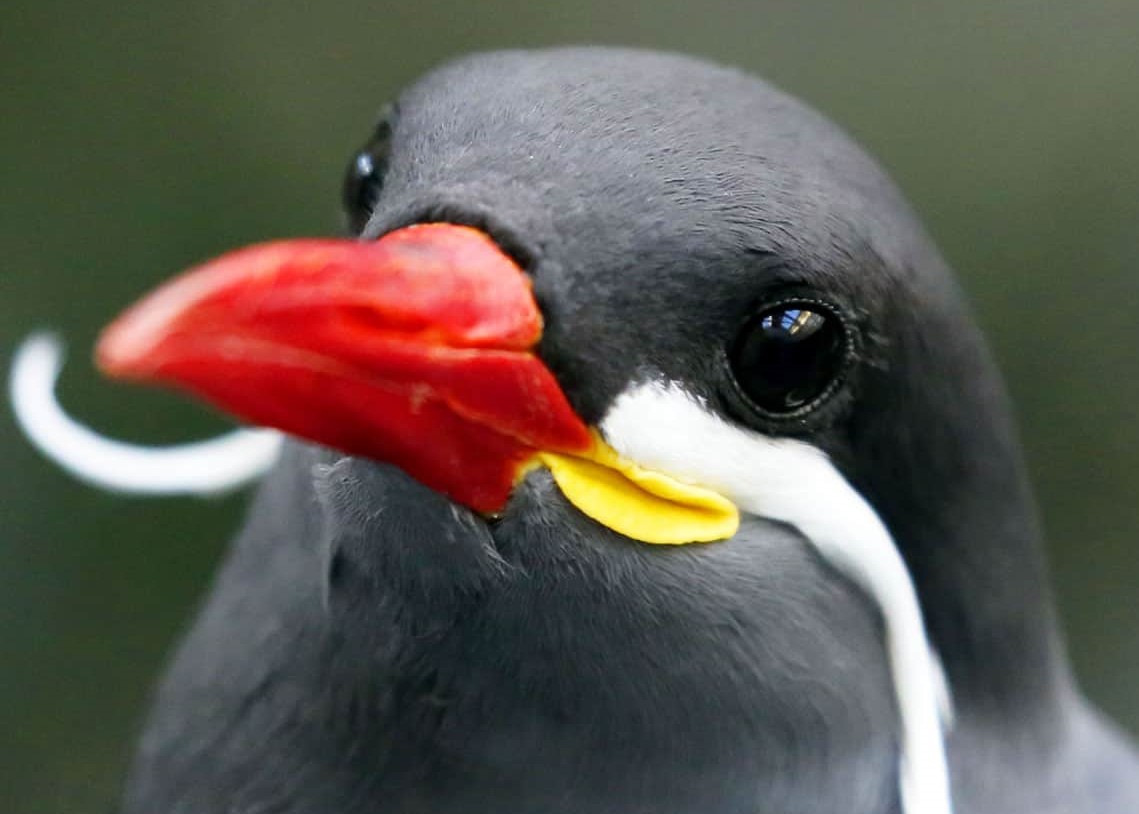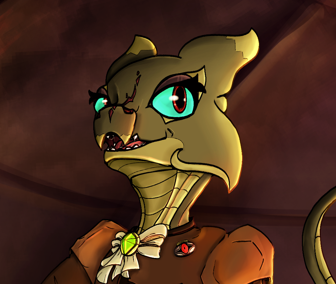Crabble
Anatomy
Crabbles have a very unique anatomy for a crustacean species on Dracosei. Closely related to crabs, they have three pairs of walking legs and a pair of claws on flexible appendages that stick out from below their "plate". Their body is what is referred to as a "plate", a large round exoskeleton with a rocky exterior, and a ribbon-like fin around the outskirts. Crabbles differ in colour but are typically brown, with an orange ribbon.
Their eyes sit on the tops of their heads, on immovable stalks. These stalks cannot be rotated, making seeing its surroundings troubling for this species. Their three eyes are independent from each other however, which helps them see whatever they can. It is unknown what prompted this adaptation, but it is certain that it is diminishing and does not help the crabble in any way.
Diet
Crabbles are omnivorous, mostly consuming meat. They use their claws to dig out invertebrates in the sand as well as scavenging for other foods. They have been seen eating small fish, shrimp and krill, plankton, other crustaceans including small crabs and lobsters, other crabbles, as well as sea-grasses, lichen and algae.
They are able to process almost any type of food, which helps them when there is a shortage, not that there ever is.
Reproduction
Because of their awkward biological plan that makes mating almost impossible, crabbles reproduce asexually. They are able to release sperm cells into a small hole on the top of their plates where the egg cell is found, releasing sperm cells through a small hole in the middle of their claws. This hole is so small it can only be seen with a microscope.
Crabble reproduction fascinates scientists, because it is the largest asexually reproducing species on the planet, and the only one to reproduce in this manner.
Crabbles give birth to thousands of children at once, which expel from the tops of their plates with a gust of wind. Baby crabbles form giant "waves", where millions of them at once scatter along the beaches of Kazaharo Cliffs, creating a brown sea of crustaceans. These waves cause feeding frenzies with predators. Which helps keep the population in check.
Behaviour
To most people, crabbles are emotionless. Their actions are incredibly subtle, and it takes a lot of effort to understand them.Scientists have established some crabble's emotions:
Food Source
As a common species to be found in Straggler's Bay, where many inhabit, crabbles are commonly eaten. They are speared through the body, directly in the centre which targets both the brain and the heart, killing the animal instantly and practically painlessly if done quickly. The animals have their eyes and eye stalks severed and discarded, while the legs are chopped off and cooked separately.
Typically, one side of the crabble's plate is sliced off, and a broth is poured inside to form a crabble soup, but sometimes it is boiled whole and then eaten later.










"but it is certain that it is diminishing and does not help the crabble in any way." Hahahahah this made me chuckle. Poor guys
I do feel bad for them xD They're so cute though :)